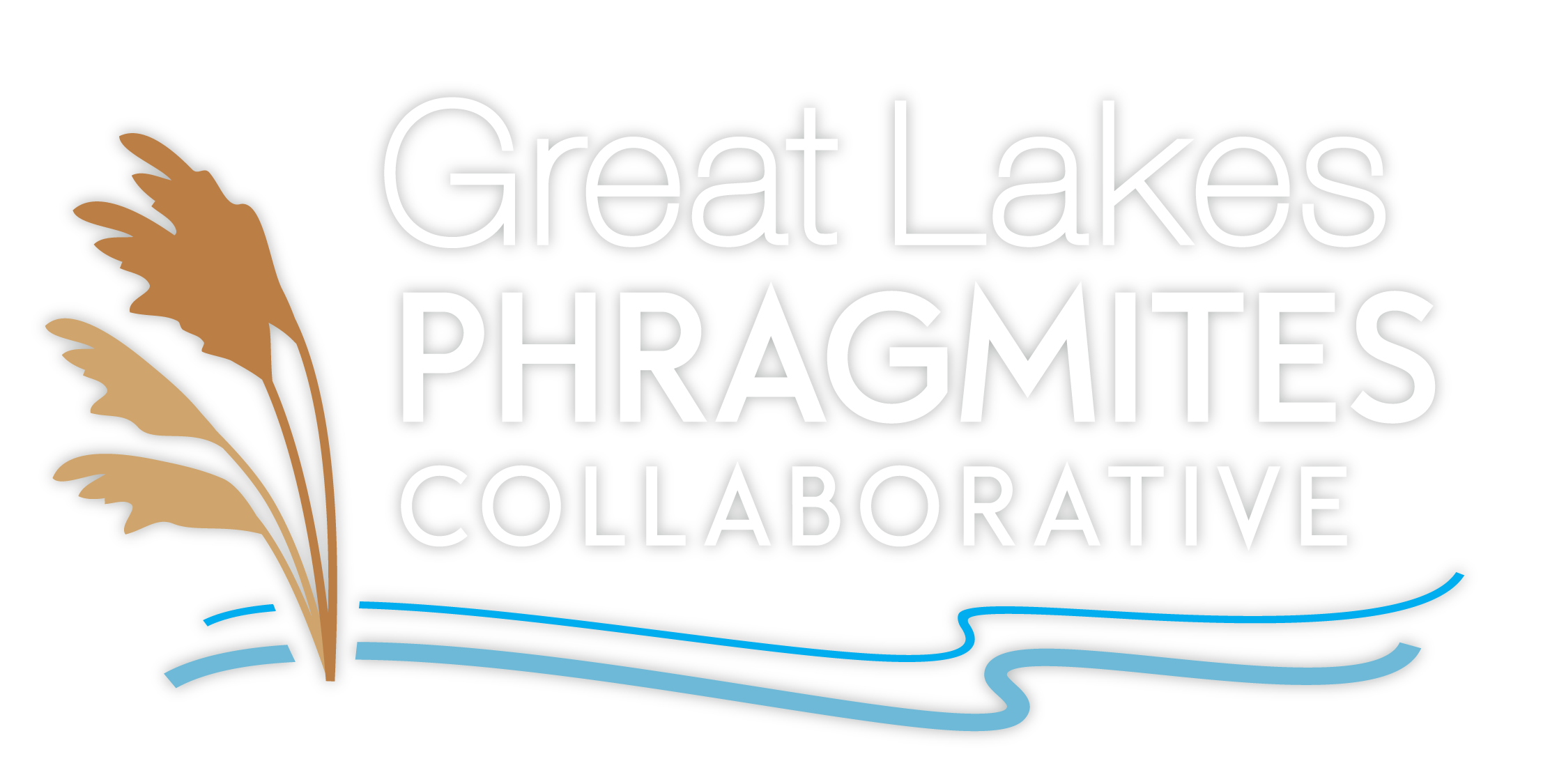The GLPC Blog
Learn about what’s going on in the world of Phragmites!
The GLPC Blog has it all with case studies, research updates, management technique topics and more! Scroll through our recent blogs below, or if you are looking for something specific use our blog search and check out our blog archive and blog topics on the right side of the page.
Blog Search
Search through our archive of blog posts here. If you are looking for related topics and terms to search check out some of our blog topics on our right side menu.
Research Round-Up: Winter 2023/24
What Phragmites research was published in Winter 2023/24?Check out out our newsletter summary! To receive these monthly summaries in your inbox, sign up for our newsletter.
Research Round-Up: Fall 2023
What Phragmites research was published in Fall 2023?Check out out our newsletter summary! To receive these monthly summaries in your inbox, sign up for our newsletter.
2023/2024 Improvements to PAMF Management Guidance – Now with Less Rest!
We explain how we’ve improved the Phragmites Adaptive Management Framework (PAMF) Model to produce management guidance for 2023/2024—and beyond—with less Rest!
Research Round-Up: Summer 2023
What Phragmites research was published in Summer 2023? Check out out our newsletter summary! To receive these monthly summaries in your inbox, sign up for our newsletter.
Research Round-Up: Winter 2023
What Phragmites research was published in Winter 2023?Check out out our newsletter summary! To receive these monthly summaries in your inbox, sign up for our newsletter.

